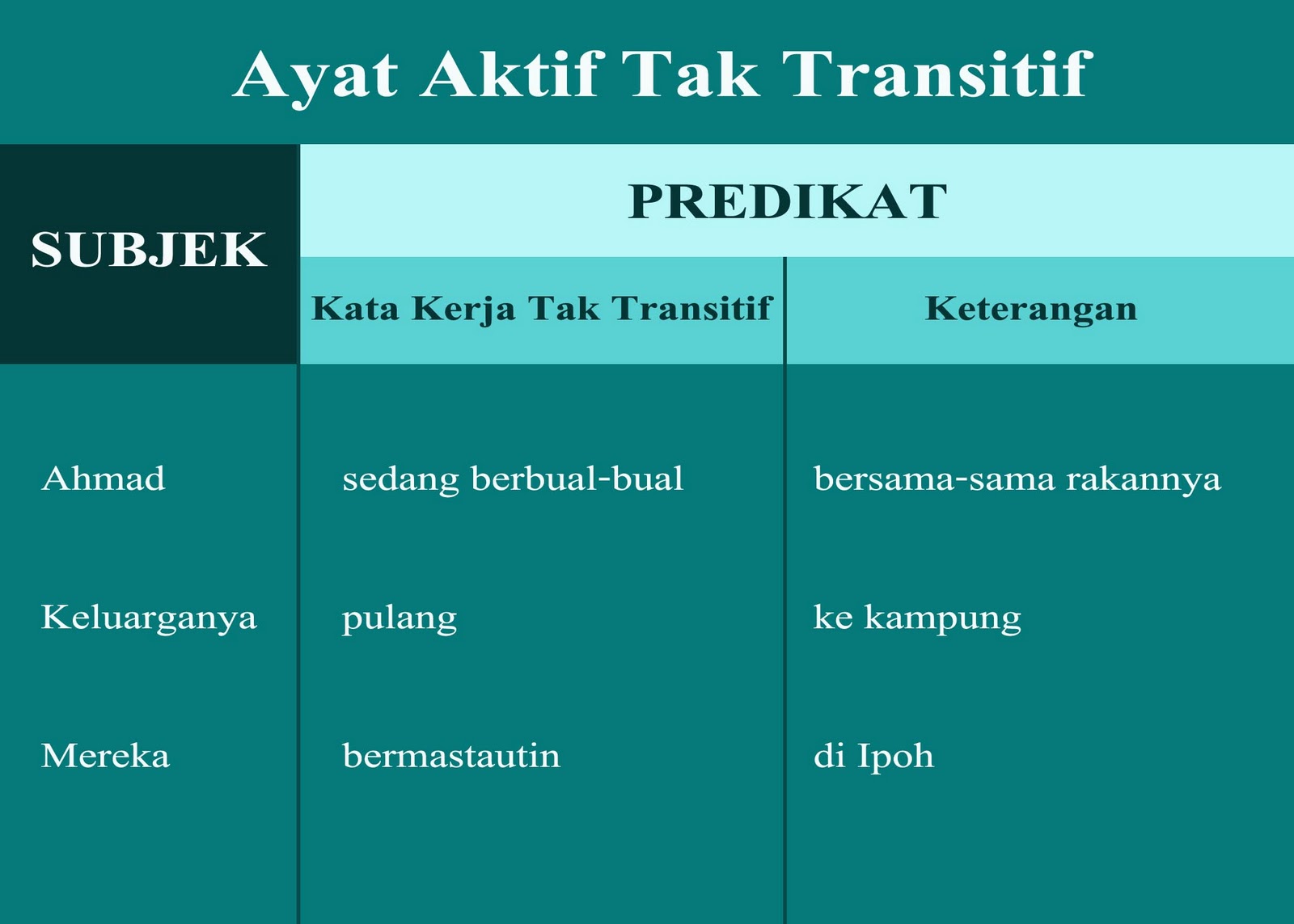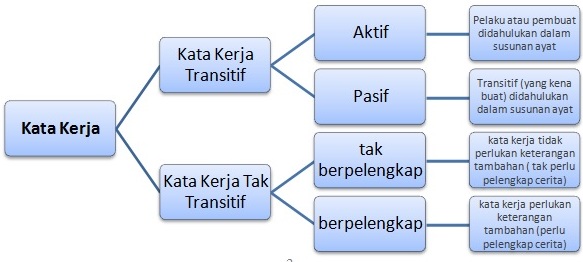Mastering Active Voice: Transitive and Intransitive Verbs in Indonesian
Have you ever wondered how verbs function in Indonesian and why some seem to require an object while others don't? Understanding the difference between transitive and intransitive verbs – known as kata kerja aktif transitif and kata kerja aktif tak transitif – is key to mastering active voice and expressing yourself clearly.
In Indonesian, just as in English, verbs form the core of sentences, dictating the actions or states of being. However, not all verbs behave the same way. Some verbs, the transitive ones, demand an object to complete their meaning. Others, the intransitive verbs, stand alone, needing no object to express a complete thought.
This distinction might seem minor, but it has significant implications for sentence structure and clarity. Using the correct type of verb with the appropriate structure ensures that your meaning is conveyed accurately and avoids confusion.
Imagine trying to say "He reads" in Indonesian without specifying *what* he reads. It would feel incomplete. This is because "reads" (membaca) is a transitive verb, requiring an object. In contrast, a verb like "sleeps" (tidur) doesn't need an object; it expresses a complete action on its own.
This article dives deep into the intricacies of transitive and intransitive verbs in Indonesian, providing you with a comprehensive guide to understanding their usage and enhancing your language skills. We'll explore examples, benefits, and even common challenges you might encounter.
The concept of transitive and intransitive verbs is a cornerstone of Indonesian grammar. While the specific terms kata kerja aktif transitif and kata kerja aktif tak transitif may not have a distinct historical origin, the grammatical principle itself is fundamental to the language.
A transitive verb (kata kerja aktif transitif) requires a direct object to receive the action. For example, in the sentence "Saya membaca buku" (I read a book), "membaca" (read) is the transitive verb, and "buku" (book) is the direct object. The action of reading is directly transferred to the book.
Conversely, an intransitive verb (kata kerja aktif tak transitif) doesn't require a direct object. The action is complete within the verb itself. For instance, in "Dia tidur" (He sleeps), "tidur" (sleeps) is intransitive. There's no object receiving the action of sleeping.
Using transitive and intransitive verbs correctly contributes to clarity and precision in communication. Misusing them can lead to ambiguous or incomplete sentences.
One benefit of understanding this distinction is that it improves your sentence construction. Another advantage is that it strengthens your reading comprehension, enabling you to better grasp the nuances of Indonesian texts. Finally, mastering these verb types makes your speaking more fluent and natural.
Here's a simple checklist to help you identify whether a verb is transitive or intransitive:
1. Identify the verb in the sentence.
2. Ask yourself: Does the action of the verb directly affect something else (an object)?
3. If yes, the verb is transitive. If no, the verb is intransitive.
Advantages and Disadvantages of Understanding Transitive and Intransitive Verbs
| Advantages | Disadvantages |
|---|---|
| Improved sentence construction | Requires focused study and practice |
| Enhanced reading comprehension | Can be confusing initially for beginners |
| More fluent and natural speaking | - |
Best practice involves consistently analyzing sentences to identify the verbs and determine whether they require objects. Regular practice with Indonesian texts and conversations will solidify your understanding.
Real examples of transitive verbs: membaca (read), menulis (write), melihat (see). Real examples of intransitive verbs: tidur (sleep), berjalan (walk), tertawa (laugh).
One common challenge is confusing transitive and intransitive verbs, leading to grammatically incorrect sentences. The solution is consistent practice and referring to grammar resources.
FAQ 1: What is a transitive verb? Answer: A verb that requires a direct object.
FAQ 2: What is an intransitive verb? Answer: A verb that does not require a direct object.
A useful tip is to create flashcards with Indonesian verbs and categorize them as transitive or intransitive. This can help you memorize and apply the concept effectively.
Understanding the difference between transitive and intransitive verbs, kata kerja aktif transitif and kata kerja aktif tak transitif, is essential for anyone learning Indonesian. It contributes to better sentence construction, improved comprehension of written and spoken Indonesian, and more natural and fluent communication. By recognizing how these verbs function and practicing their usage, you'll unlock a deeper level of understanding of the Indonesian language, enabling you to express yourself with greater clarity and precision. Start practicing today and witness the transformation in your Indonesian language skills. This understanding will be a valuable asset in your journey to mastering the language.
Dc offset removal understanding and fixing the silent audio thief
Exploring the world of far side cartoons online
The electric surge of live streaming real madrid














